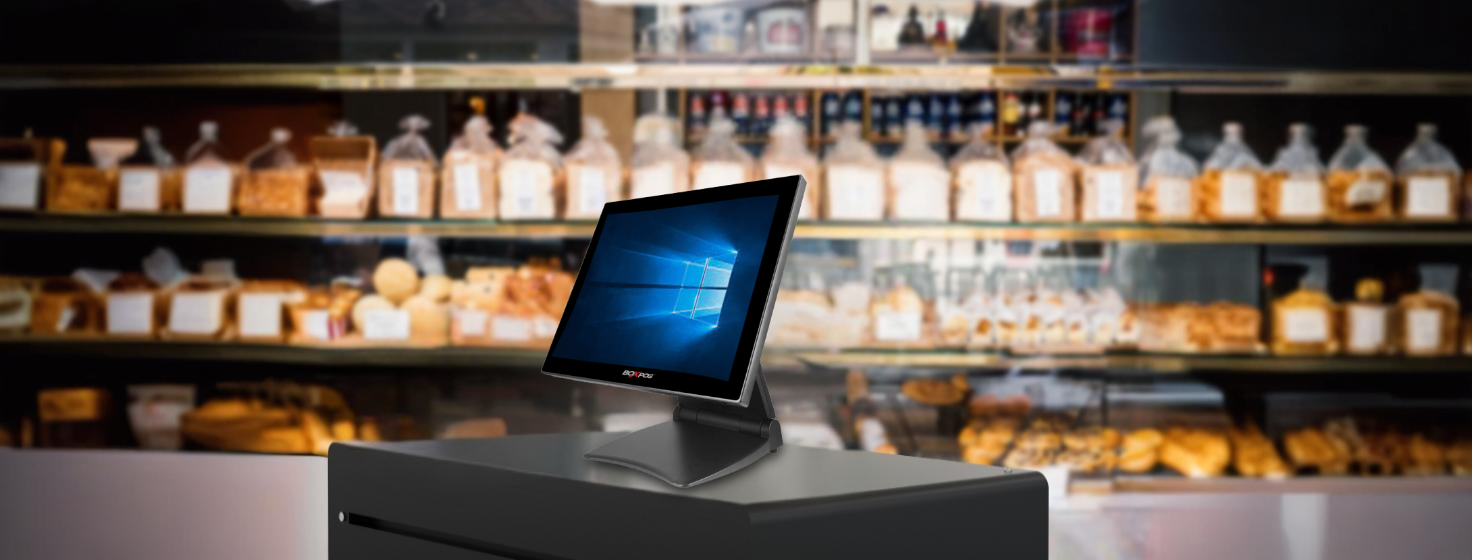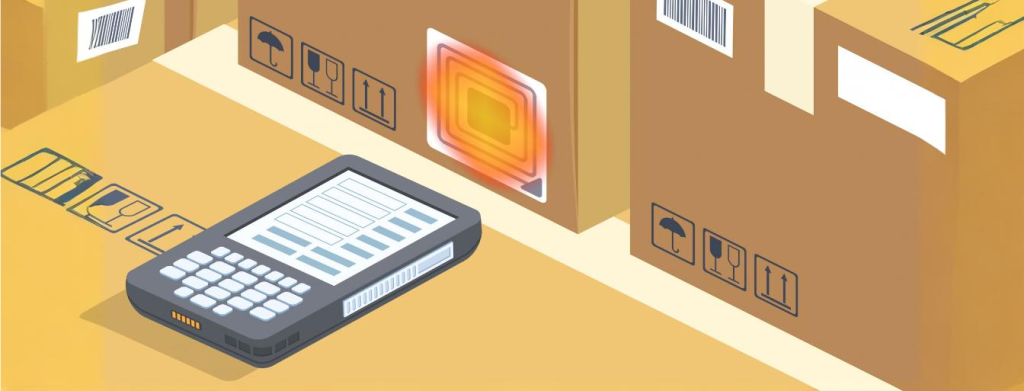
There are many factors that help businesses grow. One of the essential factors a business requires is an efficient POS system to handle transactions in an automated and streamlined manner. POS stands for Point-Of-Sale and is available as hardware as well as software that enables businesses to track their transactions and increase customer interactions.
The modern POS system comes in different types. Before selecting a POS system for your business, you need to tick off some criteria regarding your business. The size of your business, hardware or software requirements, your budget and the number of transactions you receive per day are all factors that determine the type of POS system you need. For instance, if you run a retail store with minimal sales per day, you would require a POS system with less specifications whereas if you run a large scale business with inventory management requirements, then you would need an advanced POS system for your business.
After making a list of your business requirements, you can choose from a wide range of POS systems. Here we will discuss the 10 most commonly used POS systems.
1. Mobile POS System
Mobile POS systems allow payments through a smartphone. It is portable hardware that comes with a small scanner that can be plugged in with a smartphone and process payments. The hardware consists of a barcode scanner and a built-in card reader.
Mobile POS systems are best suited for street vendors, food trucks or small-scale retail stores that have limited inventory and require no extra features. It doesn’t require any up-front investments and has mobile features. But as the features are minimal, mobile POS systems are suitable for medium or large-scale industries such as retail or delivery business.
2. Handheld POS System
Handheld POS systems are portable devices that enable businesses to take orders, process payments and print receipts. It is a highly versatile tool used in a wide range of businesses. It enhances customer interactions.
Handheld POS systems are usually used for medium scale retail businesses, logistics, healthcare, transportation industries. It reduces waiting periods for customers and hence improves business efficiency. It is not suitable for large scale businesses.
3. Desktop POS System
Desktop POS systems are generally used in places where customer checkouts are done. It is a computer-based system that comes with a software to process data and a hardware to scan barcodes that enables businesses to easily process payments. Usually desktop POS are a combination of specialised POS software and traditional hardware such as a cash drawer.
Desktop POS systems are ideal for large-scale businesses like restaurant chains, supermarkets, large retail stores, beauty salons, healthcare, etc. where huge orders are managed as the software offers different POS options. Desktop POS ensures scalability as it can be easily integrated with your existing hardware. It might need IT support and training for the employees to operate the software.
4. Windows POS System
A Windows POS system operates on Windows OS. It can manage transactions and inventory, enhancing customer service. If connected to the internet, it automatically installs software updates, eliminating the need for manual installations. It is generally used in industries like retail, hospitality and pharmacies.
5. Terminal POS System
Terminal POS system is a combination of dedicated fixed hardware and software components. It can generate sales receipts and store the transaction details. It offers cloud as well as internet functionalities.
It can be used in a wide range of industries like full-service restaurants, retail stores, boutiques, salons, etc. It is built to handle thousands of sales per day. Employees might require a little bit of training to get the maximum output from the software and an upfront investment will also be required for terminal POS systems.
6. Self-Service Kiosk System
Self-service kiosk systems allow customers to order and pay without any assistance from the staff. It comes with a touchscreen and sometimes a barcode scanner that helps for payments. It increases business efficiency as it reduces staff intervention.
It is best suited for quick-service restaurants, cinemas, banking sector, self-checkout stores and airports. It reduces wait times and enhances customer experience. But the installation and maintenance costs may appear a bit high.
7. Touch Screen POS System
Touch screen POS systems consist of a digital interface on a portable device. It can capture digital signatures and facilitate contactless sales and is able to process card payments too.
It is useful for small-scale as well as large-scale industries like event management, restaurants, healthcare and retail stores. It is recommended for businesses that require flexible POS systems.
Conclusion
With multiple options in POS systems, it is a bit difficult to choice which is better for your business. Make a detailed analysis on the business requirements before choosing one. Different businesses will have different needs. Confirm the type of business you own – small, medium or large, the hardware tools you own or need, the amount of sales you receive in a day, your budget and also make an analysis on the future requirements of your business. Once you have a checklist of all the necessary business needs, you can make a decision on which POS system to select. Choose the right system and grow your business!


